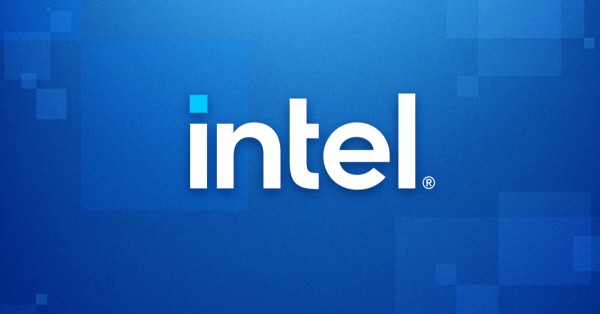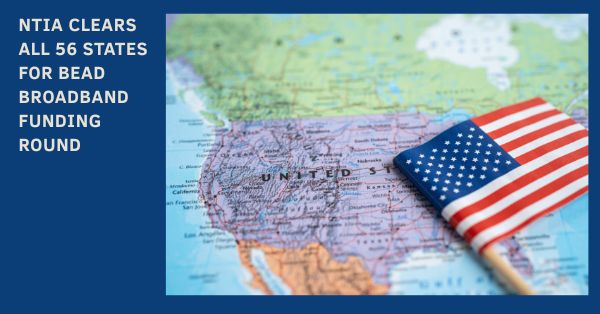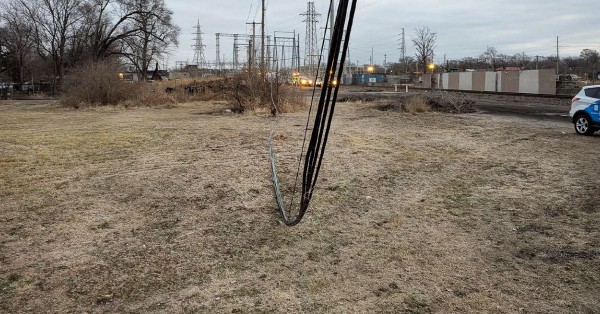Access to affordable, high-speed internet has become essential for full participation in modern society. Yet millions of Americans — particularly those in rural, tribal, and underserved urban areas — still lack reliable broadband connectivity. The challenge of the “digital divide” is complex, but one often overlooked solution is critical: investing in Middle Mile infrastructure.
Middle Mile networks form the vital connection between the core internet backbones and the “last mile” networks that deliver services directly to homes and businesses. While most public discussions focus on last-mile deployments, it is Middle Mile infrastructure that often determines whether local providers can even reach remote areas affordably and efficiently. Strengthening this invisible layer of the broadband ecosystem is key to promoting digital equity across the United States.
Understanding Middle Mile Infrastructure: The Backbone of Broadband Expansion
In broadband architecture, the Middle Mile refers to the intermediate, high-capacity connections between a primary internet backbone (Tier 1 providers, major data centers) and the local distribution networks operated by Internet Service Providers (ISPs). This infrastructure includes long-haul fiber routes, regional aggregation points, Internet Exchange Points (IXPs), and metro rings.
Without robust Middle Mile networks, extending broadband into new areas is either prohibitively expensive or technically infeasible. For rural and isolated communities, Middle Mile access is often the most significant hurdle to internet service availability. Expanding Middle Mile capacity means that last-mile ISPs — especially small and rural operators — can access affordable backhaul services, thereby lowering the cost to serve end users.
Simply put: without a strong Middle Mile, even the best last-mile plans will struggle to succeed. By addressing Middle Mile gaps first, states and communities can maximize the impact of last-mile investments.
How Middle Mile Expansion Fuels Broadband Access and Digital Equity
Digital equity means that all individuals and communities have the information technology capacity needed for full participation in society. Middle Mile infrastructure plays a direct role in achieving this goal, particularly when it comes to affordability, availability, and competitive access.
Affordability: When ISPs must build their own expensive backhaul or lease it at high prices from incumbent operators, those costs are inevitably passed onto consumers. Expanding Middle Mile options increases competition at the transport layer, driving down wholesale costs and making broadband services more affordable for low-income communities.
Reach: In many rural and remote areas, there are simply no cost-effective options to transport internet traffic from small towns to national networks. Middle Mile expansion physically enables broadband service where none existed before, providing critical “on-ramps” to the digital economy.
Competition and Choice: A strong Middle Mile network empowers multiple ISPs to serve an area, increasing customer choice and improving service quality — two essential pillars of digital equity. Without Middle Mile access, local markets remain monopolized, limiting both affordability and innovation.
Recent federal programs, like the $1 billion Enabling Middle Mile Broadband Infrastructure Program from the NTIA, recognize this vital link by funding projects designed specifically to close Middle Mile gaps across the country.
Unlocking Economic Growth Through Middle Mile Broadband Investments
Expanding Middle Mile infrastructure creates a ripple effect that drives transformational change, unlocking opportunities in education, healthcare, commerce, and civic engagement.
- Education: Students gain access to reliable virtual learning platforms, bridging gaps that became starkly visible during the COVID-19 pandemic.
- Healthcare: Telehealth services become viable even in rural hospitals and clinics, reducing the need for long-distance travel and improving patient outcomes.
- Workforce Development: Residents can pursue remote work opportunities, bridging economic gaps between urban and rural areas and helping communities retain talent.
- Entrepreneurship: Small businesses can access digital tools, e-commerce platforms, and global customers, creating local economic resilience.
In addition to enabling traditional fiber-to-the-home services, robust Middle Mile infrastructure is increasingly vital for the success of Fixed Wireless Access (FWA) solutions. By connecting wireless towers and base stations to high-capacity fiber networks, Middle Mile investments allow FWA providers to deliver reliable, high-speed broadband to rural and underserved communities — often more rapidly and cost-effectively than fiber deployments alone. As FWA adoption grows, resilient Middle Mile connectivity will be essential to ensure performance standards are met and service gaps are closed.
Middle Mile networks also allow for future scalability — meaning that once built, these infrastructures can support new innovations like smart cities, 5G deployments, IoT ecosystems, and edge computing initiatives.
Overcoming Challenges and Seizing Opportunities in Middle Mile Broadband Projects
Despite its critical importance, Middle Mile deployment faces hurdles:
- High Capital Costs: Laying long-haul fiber across sparsely populated regions remains expensive, often with uncertain short-term ROI.
- Geographical Barriers: Difficult terrain, such as mountains, forests, and deserts, can complicate engineering and logistics.
- Regulatory Hurdles: Permitting delays, access to poles, ducts, and rights-of-way all add complexity, slowing down project timelines.
However, several trends are creating fresh momentum:
- Federal Funding Initiatives: Programs like BEAD and the Middle Mile Infrastructure Program offer unprecedented investment opportunities, providing billions in grants for infrastructure development.
- Public-Private Partnerships (PPPs): Collaborations between governments, community organizations, and private companies are increasingly successful models for cost-sharing and risk reduction.
- Open Access Models: Shared infrastructure approaches enable multiple providers to use the same Middle Mile assets, increasing network utilization and boosting long-term sustainability.
By navigating these challenges strategically, communities and providers can transform local connectivity outcomes and future-proof their investments.
Why Middle Mile Networks Are Key to Closing the Digital Divide
Middle Mile infrastructure may not be visible to everyday users, but its impact is profound and far-reaching. By expanding and modernizing Middle Mile networks, the broadband industry can dramatically reduce barriers to digital equity, enabling millions more Americans to thrive in the digital economy.
The next wave of broadband expansion must go beyond last-mile connections. It must prioritize Middle Mile resilience, competition, and affordability — creating a true foundation for digital inclusion. Strong Middle Mile networks will not only enable fiber deployments but also accelerate new broadband access models like Fixed Wireless Access, bringing faster, more flexible solutions to the communities that need them most.
At TeckNexus, we provide strategic insights, research, and industry expertise to help organizations seize the opportunities created by Middle Mile investments. Whether you’re building networks, designing policy, or advocating for digital equity, we can help you elevate your brand’s role in shaping a more connected future.

































